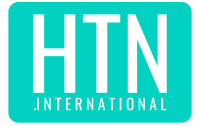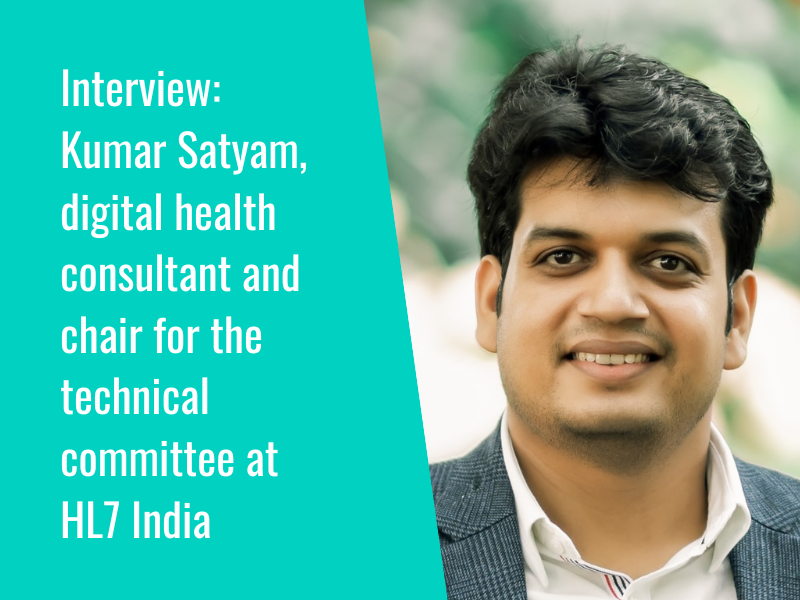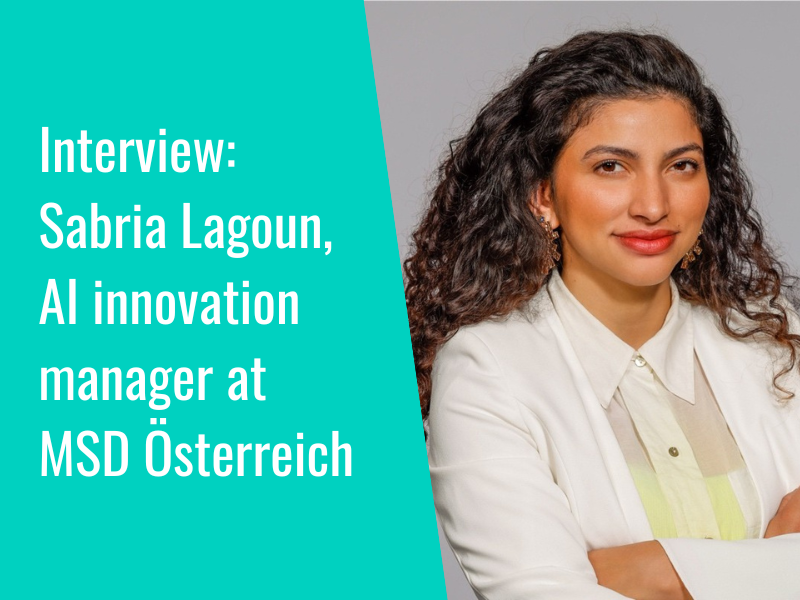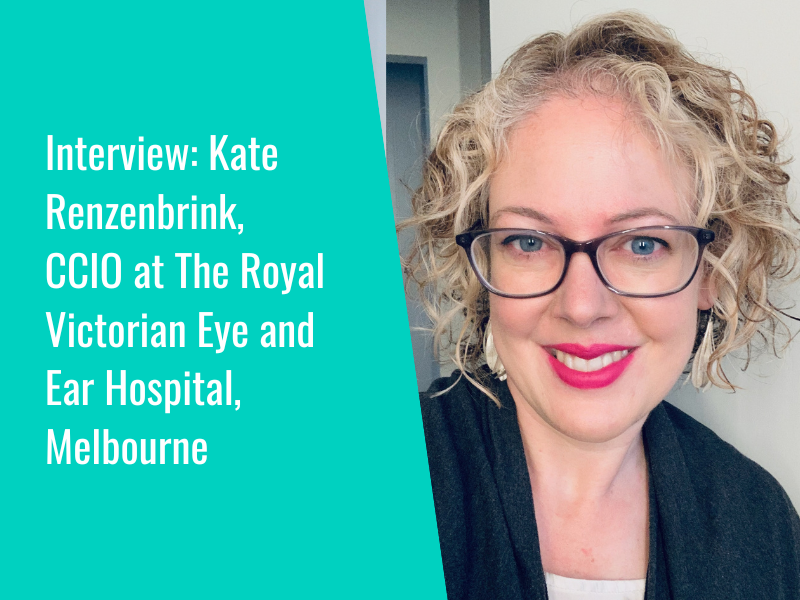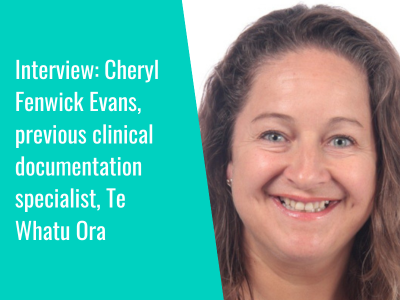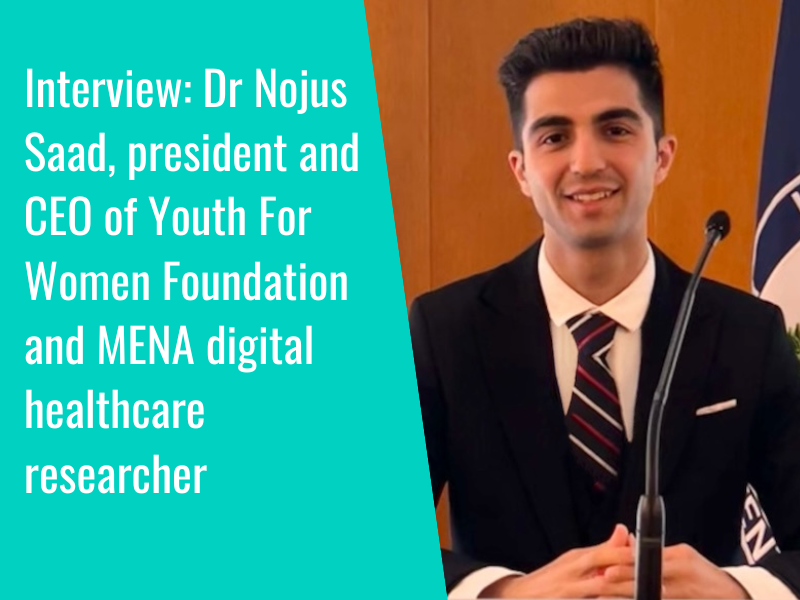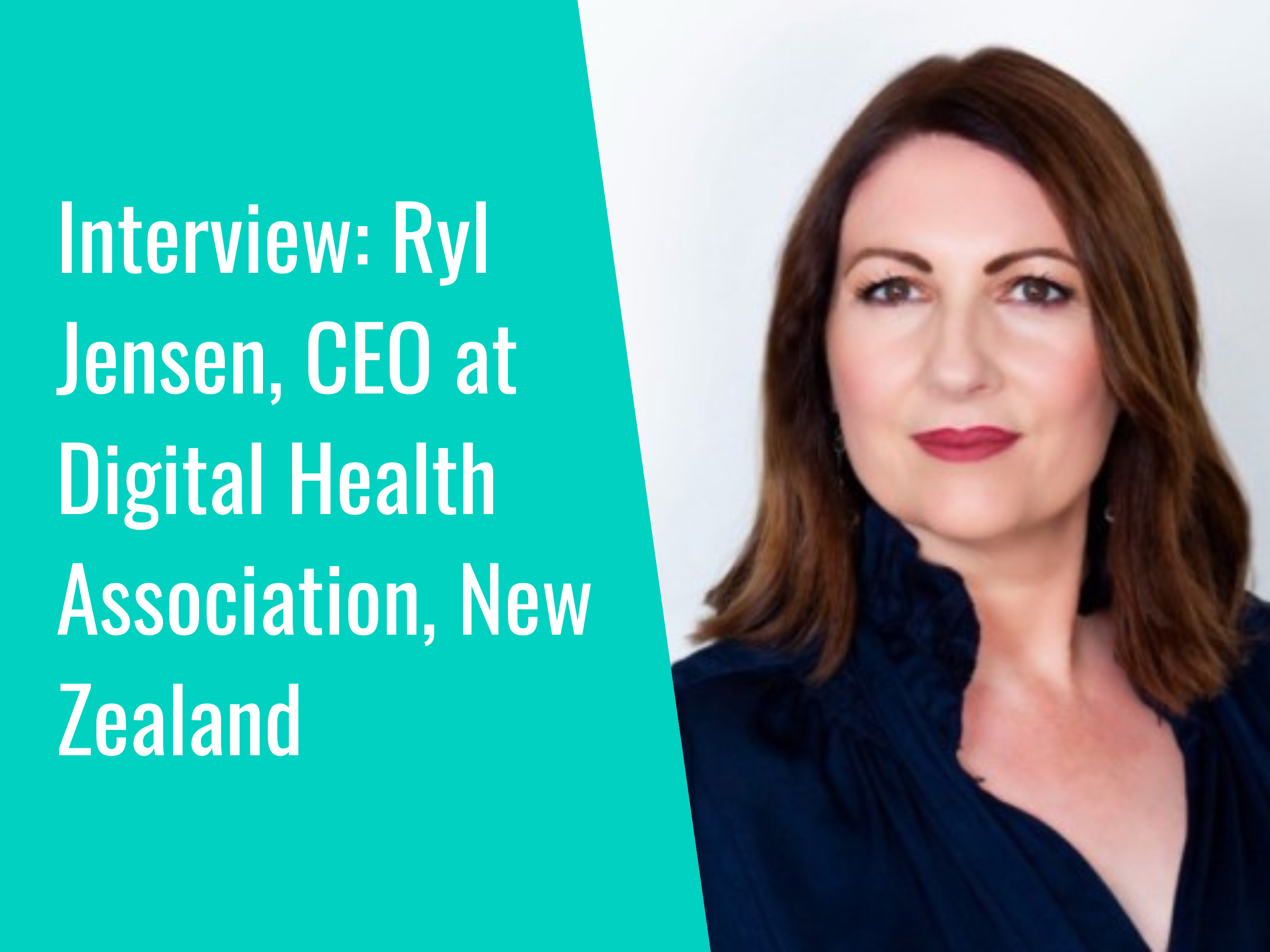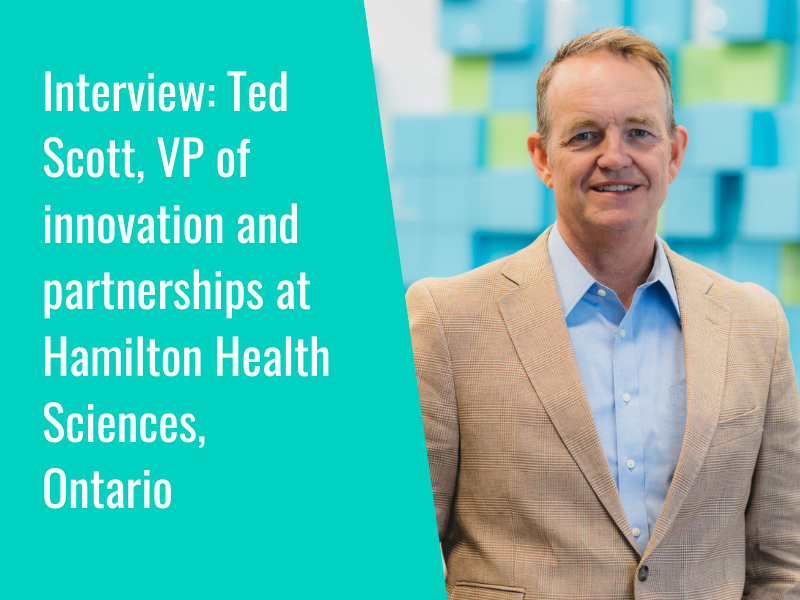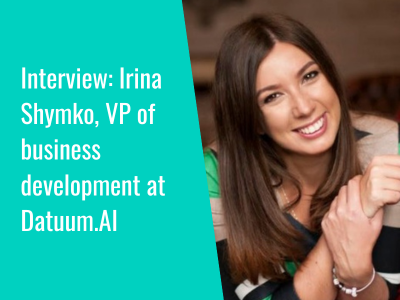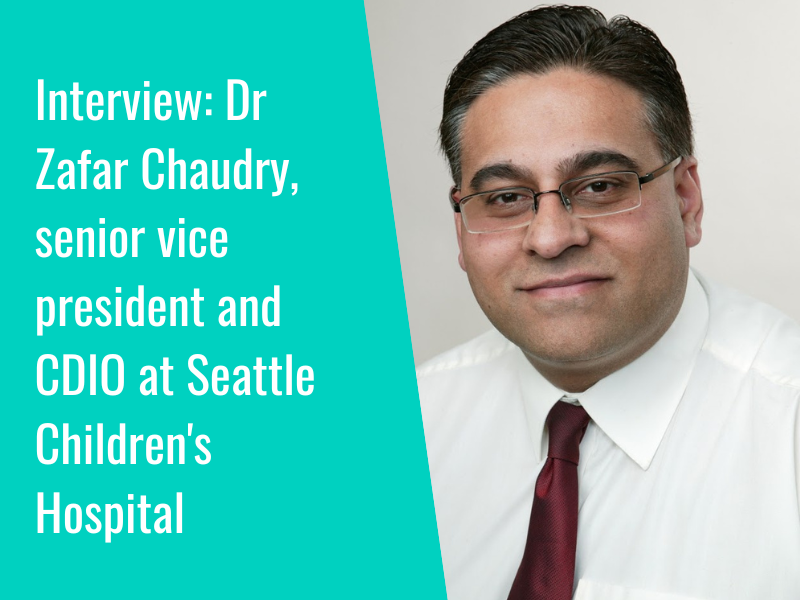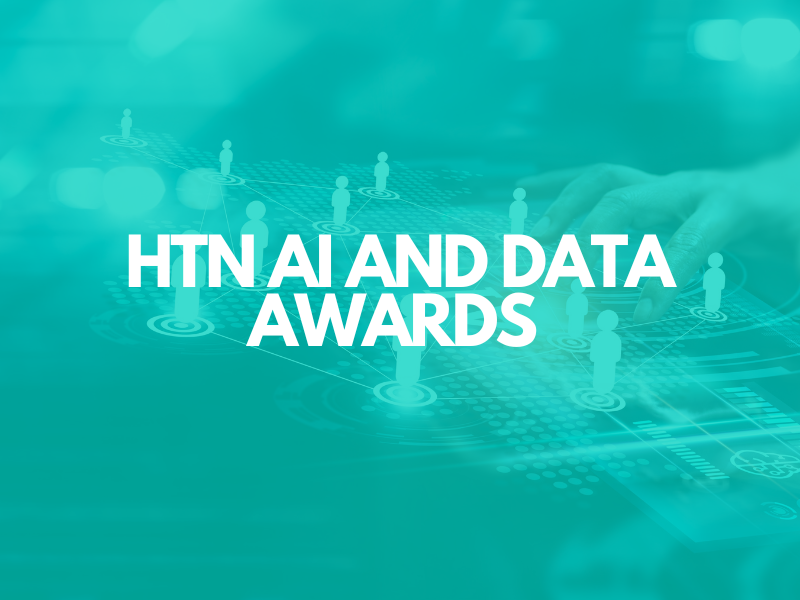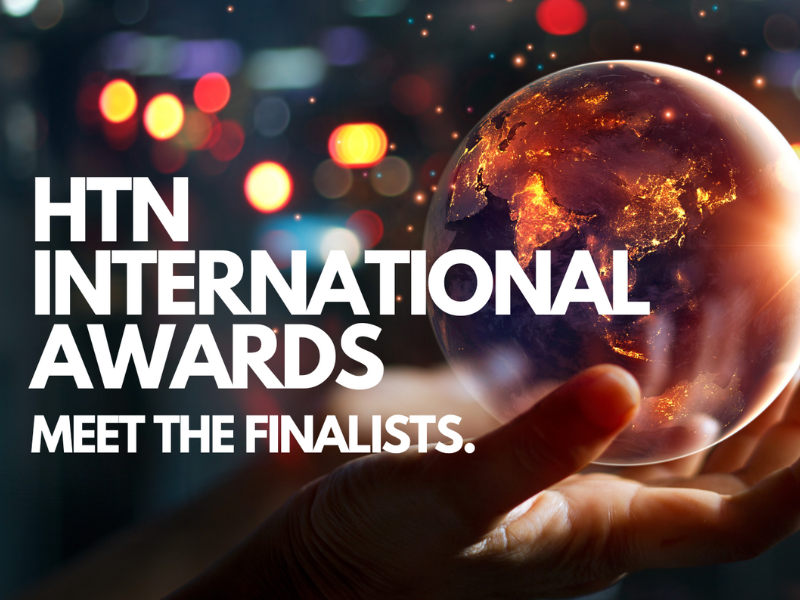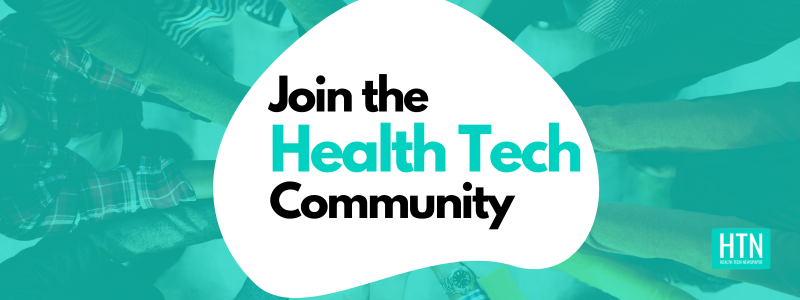For a recent interview, we were joined by Ted Scott, VP of innovation and partnerships at Hamilton Health Sciences in Ontario, Canada, to discuss the healthcare network’s current digital projects and priorities, as well as the wider digital health landscape and opportunities for tech in Canadian healthcare.
Beginning with an introduction to his role and organisation, Ted shared insights into Hamilton Health Sciences, a large teaching network of hospitals just west of Toronto which covers “basically all healthcare services for a community of several million people”, including a children’s hospital and a cancer centre. It also supports 14 regional referring hospital sites.
“My role and the innovation function was developed about five years ago, because of the recognition of the need to develop new ways to address healthcare challenges that would make things more sustainable and drive better quality in healthcare outcomes,” Ted stated. “My background is in digital health, beginning with imaging, and expanding into interoperability, and now even further into AI and data science.”
Ted shared that he and his team utilise the “quintuple aim” (improved patient experience, better outcomes, lower costs, clinician wellbeing, and health equity) as one of the guiding frameworks in their work, and to assess the value of ongoing projects.
Current digital projects
We asked Ted about some of the network’s current digital projects – their aims, approaches, and any outcomes they have seen.
Ted discussed how he and his team were aiming to “fundamentally change the way that healthcare is delivered” by empowering clinicians with better access to tools, data, and innovative ways to support patients; whilst simultaneously empowering patients by granting them better access to tools and “more involvement in decision-making and self-management capabilities, so that they can better engage with the healthcare system.”
He added: “It’s about shifting the focus away from the institution and toward that patient-provider connection.”
A specific project that Ted shared insight into is the Voyce project, which looks to offer real-time interpretation services to patients.
“In healthcare, we’re surrounded by a multitude of challenges. One that I think we sometimes forget about – which is particularly relevant today given that we have increasing mobility and migration – is that not all of our patient community can necessarily speak English, meaning they might be unable to access health services easily,” he noted.
About two years ago, Ted’s team started working with Voyce, supplier of virtual certified medical interpretation. He described their value as “incredible”, since arranging translation services has “always been difficult; especially for emergent and unscheduled care”.
He continued: “The solution can translate more than 220 languages, including sign language, in real-time, with a human translator available through a tablet, mobile phone or other device. That’s 24/7, within 60 seconds of making the request.”
On a practical level, Ted said that this has been “game-changing”. He provided an example of a family who had been referred late in the evening over a weekend, and who needed to be given a very unfortunate diagnosis regarding their child’s health. Having the Voyce solution available made “what would be a very challenging dialogue in the absence of a professional interpreter much more simple and straightforward,” Ted explained.
“It’s had a tremendous impact on our community, and it’s exciting to see that translated now into 185 clinics and about 10 different physical sites.”
Another project that has been in development for the past decade has focused on the development of a new model of care, following research that looked to identify significant risks around postoperative recovery.
“We’re all familiar with the typical risks of pain, infection, and things like that; but we weren’t aware of the fact that without continuous monitoring, you might miss substantial periods of desaturation and other events,” Ted said. “So we built a hospital at home programme where patients can self-monitor and send their data back to our monitoring team.”
The way that the programme operates is based on the virtual ward concept, whereby a team of nurses and physicians complete daily rounds.
“We’ve been able to substantially reduce unscheduled care, with 40 percent fewer ED visits, and reductions in length of stay. We’re now excited to move this into oncology, because we have a concept there which we call time toxicity; so if patients are recovering from an oncological or palliative treatment, the last thing they want to do is spend precious time in a clinic, waiting for an appointment, waiting for labs, and so on.”
With this in mind, Ted told us, his team is “trying to take that post-surgical programme and move it into a research and clinical implementation phase, for patients with different types of cancer.”
Health informatics and integrated data to drive a learning health system
Ted highlighted his prior experience in the deployment of digital infrastructure to provide integrated data and establish a learning health system, based on the need to “drive more rapid improvement in healthcare service delivery” through research and quality initiatives.
“As we know, research can take a long time to be implemented in clinical practice, and so the concept of the learning health system is a way of using health informatics to focus on health outcomes in a better way. With that in mind, we’ve built an AI-enabled data system for breast cancer patients.”
Without a system like this, Ted elaborated, “it’s very difficult to understand what’s happening within a cohort of breast cancer patients without doing a chart review, which is labour-intensive and not scalable.”
Raising the need to look at this from a data platform perspective, Ted continued: “What we’ve been able to do is take many different silos of data and use natural language processing and other analytic tools, to create a view of cohorts of patients. With that, we’ve been able to develop eight years’ worth of breast cancer therapy patient journeys, from the time of diagnosis right through to the end of their treatment, and now we can answer really important questions.”
As an example, Ted told us about recent research which “identified an opportunity to reduce the amount of radiation breast cancer patients were receiving” and led to clinical guidance on reducing radiation by 50 percent across the province. “We asked our breast cancer learning health system whether our oncologists were actually following this guidance, and sure enough when we asked that question across the cohort we saw that they were.”
Another example of how this might be used include testing the belief of oncologists that a particular combination of chemotherapy agents in a particular pattern of practice offers fewer side effects. “You can look across the cohort and see whether that’s true, that you do get fewer complications if you deliver the dose in this way.”
The network has hopes to use AI and other tools in this space, Ted added, to help advance the delivery of healthcare and improve the effectiveness of providers.
CREATE at Hamilton Health Sciences
We moved on to discuss the CREATE (CentRE for dAta science and digiTal hEalth) programme at Hamilton Health Sciences, founded in 2019 to “support research and innovation”.
Ted shared that the CREATE program is made up of “about 25 software solutions architects, developers, data scientists and data engineers; together they create new solutions to challenging problems.”
He explained: “It’s not about just building an AI model; it’s about building an AI model that can actually be implemented as an enterprise software product. Through CREATE, we bring teams together to work collaboratively on projects so that we can scale them up.”
As an example, Ted shared that one of the network’s clinician scientist partners, cardiologist JD Schwalm, noticed in his research that the cardiac catheterisation lab was “over-testing with an invasive test with about half of our patients. That is both expensive and somewhat risky for patients. With that in mind, we took 10 years of provincial data and referral data and built an AI decision support tool, CarDIA-AI, to better stream those patients to non-invasive tests. In this way, we can reduce the risk to the patient and also drive down costs to the effect of $1 million for our site alone.”
The model is currently undergoing testing, according to Ted, and “ultimately it will be released into the commercial space as a resource to enhance the effectiveness of health systems. That is something that CREATE has been very excited about, because it really shows the strength of bringing enterprise architecture and solutions developers together with AI scientists to create bigger impacts.”
Global health collaborations and the outlook for health tech in Canada
Ted has experience in developing global health collaborations, including working on the World Health Organisation’s Global Strategy on Digital Health. We asked him to share a little about this, as well as his perspective on digital health in Canada on a wider scale.
Before he started working at Hamilton Health Sciences, Ted “was involved in building country-level resources for digital health with a variety of partners and global health funders, which ultimately led to the development of the company SantéSuite. They are a strong partner of ours and are currently in the South Pacific implementing a patient identity and immunisation platform in three countries with funding from UNICEF.”
In 2019, HHS received funding from the WHO to lead a consortium of experts to develop a digital adaptation kit to provide support to countries around the world on using care guidelines at the point of the care for routine immunisation.
In terms of the health tech landscape in Canada, Ted explained that Canada’s system is separated federally and provincially, with 14 health jurisdictions.
From a digital perspective, this leads to “a fair bit of variation, which can create challenges. There is a federal entity, Canada Health Infoway, and there’s another for data, the Canada Institute for Health Information. Together, they try to broker digital strategies across the provinces, through incentives, funding and so on, but nonetheless we see a fairly different approach region by region in terms of how they adopt technology.”
In Ontario, Ted says, “it’s pretty much driven by large healthcare systems like ourselves, and there are some fairly major separations between primary care, public health and acute care hospital systems.” In British Columbia, on the other hand, which is a “much smaller jurisdiction with about 4 million people”, it is “much more centrally controlled by the government”.
General attitudes toward digital health are “quite progressive”, Ted said, sharing his belief that most jurisdictions see digital as an enabler. However, uptake and approaches can pose challenges as they “haven’t always been cooperative or super scalable.”
Work is underway on the adoption of the international patient summary, Ted told us, with attempts being made to standardise that between provinces.
In terms of opportunities for health tech at Hamilton Health Sciences and beyond, Ted said: “Our mindset is to look at the clinical challenge and work back from that to the technology enablement. The challenge in future will be having enough healthcare workers to provide care, and enough budget to fund that activity, so promoting patient self-management and prevention could help with that, whilst at the same time driving better outcomes.”
Finally, Ted shared a hope for the future. “We are increasingly seeing the need to collaborate globally, and we’re seeing some success with that. My hope is that by sharing our experiences in this way, we can encourage more learning between countries and leaders, so that we can all enjoy the benefits moving forward.”
We’d like to thank Ted for taking the time to share these insights with us.
- 1
- 2
